Being able to pinpoint your exact location on the world map, based solely on your immediate surroundings, may sound nearly impossible to do, yet hundreds of top GeoGuessr players are able to do so with relative ease. If you’re just starting out with the geography game, you may need a few beginner’s tips and tricks to improve your game.
Being able to match their skill level is a tall order, but these beginner strategies will act as a great first step in your pursuit of the elusive perfect score. To get a perfect score in a GeoGuessr round, you essentially have to find the exact location on Earth where your camera is set up.
The first step in doing this is determining which country you are in, which is what this guide will primarily focus on. Narrowing things down to the city and street within a country shouldn’t be a concern until you’ve mastered the basics of country-guessing.
The “Country Streak” game mode is a great way to practice this. With nearly 100 countries having Google StreetView coverage, it may seem pretty daunting to narrow your guess down to just one, but these tips should help with just that.
GeoGuessr Strategies for Beginners
Use Your Compass
On the left side of your screen, you can find your compass. This is the first thing you should always look at when trying to figure out your country.
The red arrow will always point north, so by centering the sun on your screen, you should be able to determine whether you are in the northern or southern hemisphere. If the sun is south of you, then you must be north of the equator, and vice versa.
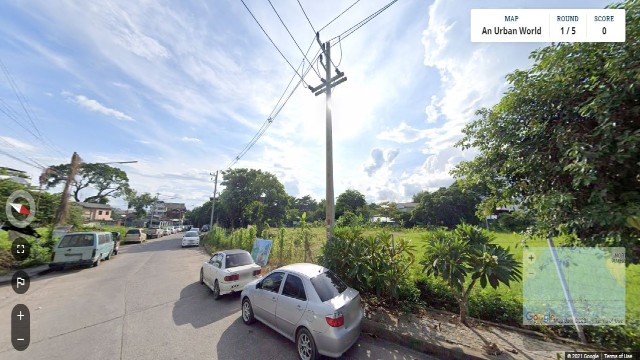
In this image, you can see we are looking moderately southwest when looking at the sun. This means that we’re in the northern hemisphere.
You can also take into consideration how far south the sun is, and where it is in the sky. If the sun is close to the horizon but is still quite far south, then that means you are significantly north of the equator, for example.
In the picture above, the sun is only barely south, and the sun has decently risen. It being so barely south means we can determine we are only moderately north of the equator (which is true; th image is in northern Thailand).
Driving Lane
This one is more trivial, though not very practical if you don’t know which countries drive on which side. Generally speaking, most countries drive on the right side of the road. Every country in North America and South America (that GeoGuessr includes) drives on the right, as well as all countries in Europe, excluding the United Kingdom, Ireland, Malta, and Cyprus.
In Africa, every country in the southern half drives on the left (Kenya, Uganda, Botswana, South Africa, Lesotho, Eswatini), while the northern half drives on the right (Nigeria, Senegal, Ghana, Tunisia).
Most southeast Asian and Oceania countries drive on the left. Only Cambodia, Laos, Vietnam and the Philippines don’t.
In Asia, Japan, Bangladesh, Bhutan, and Sri Lanka drive on the left, while the rest drive on the right.
This all may seem kind of overwhelming at first, but you will very quickly learn these countries as you play. To determine which side of the road you are on, look for other vehicles first, as they’re driving on the same side as you. If there are no other cars, look to see which way any road signs are facing. If there are none of those either, look for the Google car’s shadow and try and determine which direction you are facing.
StreetView Coverage
You may have noticed that there are a significant amount of left-driving countries that haven’t been mentioned. This is because not all countries have Google StreetView coverage, and thus aren’t really relevant to you when learning GeoGuessr.
Knowing which countries you can’t be in certainly helps in narrowing down where you are. In Africa, for example, only 1/6 of countries have StreetView coverage. Here’s a map showing all the countries that you can expect to see:
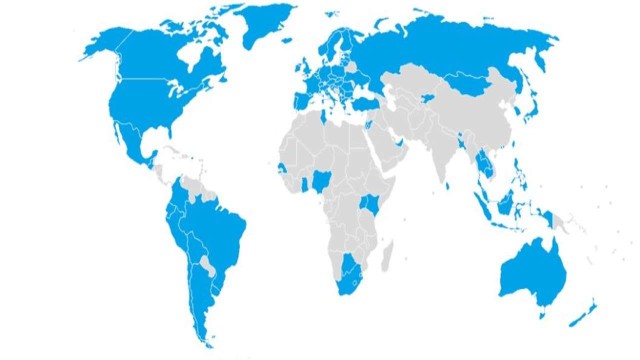
There are plenty of areas in Africa and Asia that aren’t covered. When making a guess, make sure you’re guessing a country that is in the game. It should also be noted that not all countries are equally prevalent. Larger countries tend to have more pinned locations in the location bank than smaller countries, so if you’re stuck between two countries, it is usually safer to guess the country that you would expect to have more land points.
For example, if you know you’re in Europe and that you drive on the left, but don’t have much more to go off of than that, you’d be much safer guessing the U.K. or Ireland than Cyprus or Malta, just due to location prevalence.
Languages
This is another strategy that seems trivial, but how can you make use of it without knowing every language? It’s quite simple really.
Different countries use different alphabets, so simply seeing one sign can be enough to narrow down your country to places that use that alphabet. For most languages that use the English alphabet, you can simply read and identify the language, even if you don’t know the language.
Italian, French, German, etc. are all easily identifiable without needing to know how to speak the language, but others can be hard to distinguish. Here are some tips for telling apart specific similar languages. You will come to learn more on your own as play:
- ç and ã appear in Portuguese (Brazil and Portugal) but not Spanish.
- Swedish, Finnish, Danish, and Norweigian have many distinguishing letters: Finnish has lots of double letters (aa or ii for example), ø is only in Denmark and Norway.
- Danish and Norwegian are hard to distinguish. Look for æ, which is much more common in Danish, but exists in both.
- õ is unique to Estonian, Latvian has a lot of ļ, ķ, and ņ, as well as horizontal line accents over vowels, ė is unique to Lithuanian, and Polish contains an incredible amount of z‘s.
- Slovenian, Slovak and Czech are all littered with vowel accents. ä, ľ, ĺ, ŕ and ô are unique to Slovak, while ů, ě, and ř are unique to Czech. Slovenian has lots of j‘s.
- Ґ, Є, І and Ї appear in Ukrainian, but not Russian. Ё, ъ, ы and Э appear in Russian, but not Ukrainian.
If you’re struggling to determine the language you are seeing, you can use the GeoGuessr map and zoom in on a country you think you might be in. You can look at the names of cities here and cross-reference the characters you see, to help determine if your country is a good guess.
License Plates
License plates can be a lifesaver at times, as many countries have unique plates. Most European countries will have a badge to the side of their license plate. In most cases, it appears as a blue vertical strip (pictured below), though some countries have slight differences.
Ukraine’s badge is yellow on the bottom, blue on top. Portugal has a blue badge on the left and a yellow badge on the right. France, Italy, and Albania all have blue badges to either side.
Albania also has the odd red badge, while Kyrgyzstan always has red badges. Russia, Switzerland, Iceland, Croatia, and North Macedonia are the only European countries with white plates that don’t have badges. The U.K., Ireland, Netherlands, Luxembourg, and Cyprus all have yellow license plates, though the U.K. and Cyrpus only have yellow plates on the back.
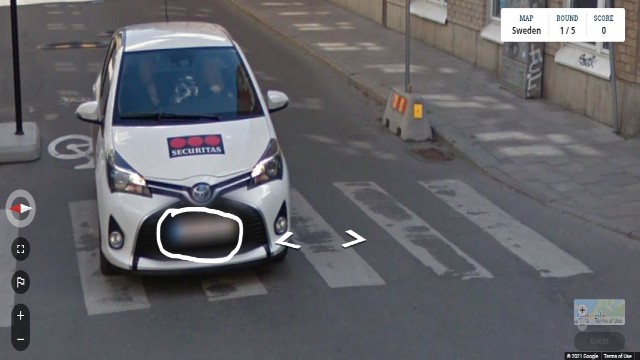
Outside of Europe, plates aren’t as useful generally, though there are still some that are unique:
- Argentina has a black dot in the middle of its plate.
- Bhutan has red plates while the Philippines has green plates.
- Indonesian plates are yellow with three black stripes, and Malaysian plates are yellow with two black stripes.
- Laos and Israel have yellow plates, as does Sri Lanka — but only in the back.
Dead GeoGuessr Giveaways
Of course, make sure to learn your country flags. If you happen to see one in your location, you can safely assume you are in that country. By clicking on a country in the GeoGuessr map in “Country Streak” mode, the country’s flag will display, so you can verify that the flag is correct before guessing.
Another great thing to look for is website domains. If you see an advertisement that includes a website, domains like “.ca”, “.de”, “.nz”, etc. are all very clear indicators of what country you are in (Canada, Germany, and New Zealand, respectively).
This is a bit of a meta strat, but certain countries will have unique Google car roofs. Senegal, Ghana, Kenya, Mongolia, and Kyrgyzstan all have visible roof racks if you look straight down. Ghana, specifically, will have a black piece of tape around one of the four bars. For this reason, Ghana is the easiest country to identify.
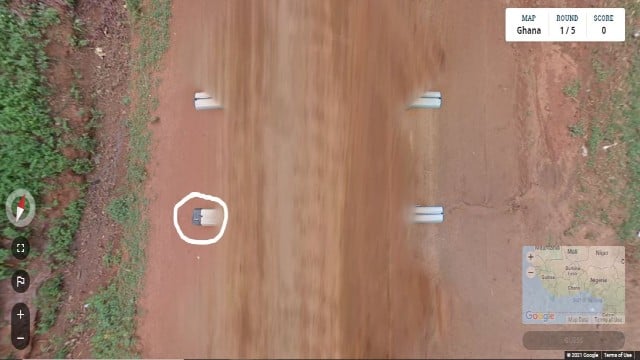
There’s a lot more to learn about the world before you can truly chase a GeoGuessr perfect score: trees, architectural styles, road lines, bollards, highway signs, and topography can all come in handy in figuring out not only the country, but the region of the country you are in, after which you can start searching around for your exact spot.
Hopefully, these GeoGuessr beginner’s tips should be enough to get you at least started in your pursuit for GeoGuessr perfection.

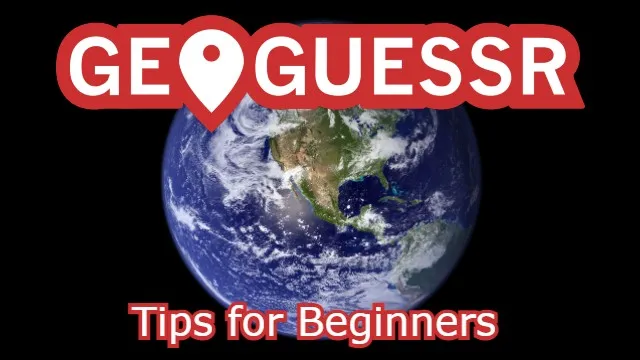





Published: May 17, 2021 05:46 am